On a warm early afternoon in October at Mission San Juan, San Antonio’s Certified Deconstruction Contractor Training was in full swing. Here, participants gathered to learn how to carefully dismantle a residential building instead of demolishing it, salvaging each component for future use.
This method, called deconstruction, lies at the heart of San Antonio’s ambitious 2022 deconstruction ordinance, which has made San Antonio the largest city in North America to mandate the deconstruction of specific residential structures.
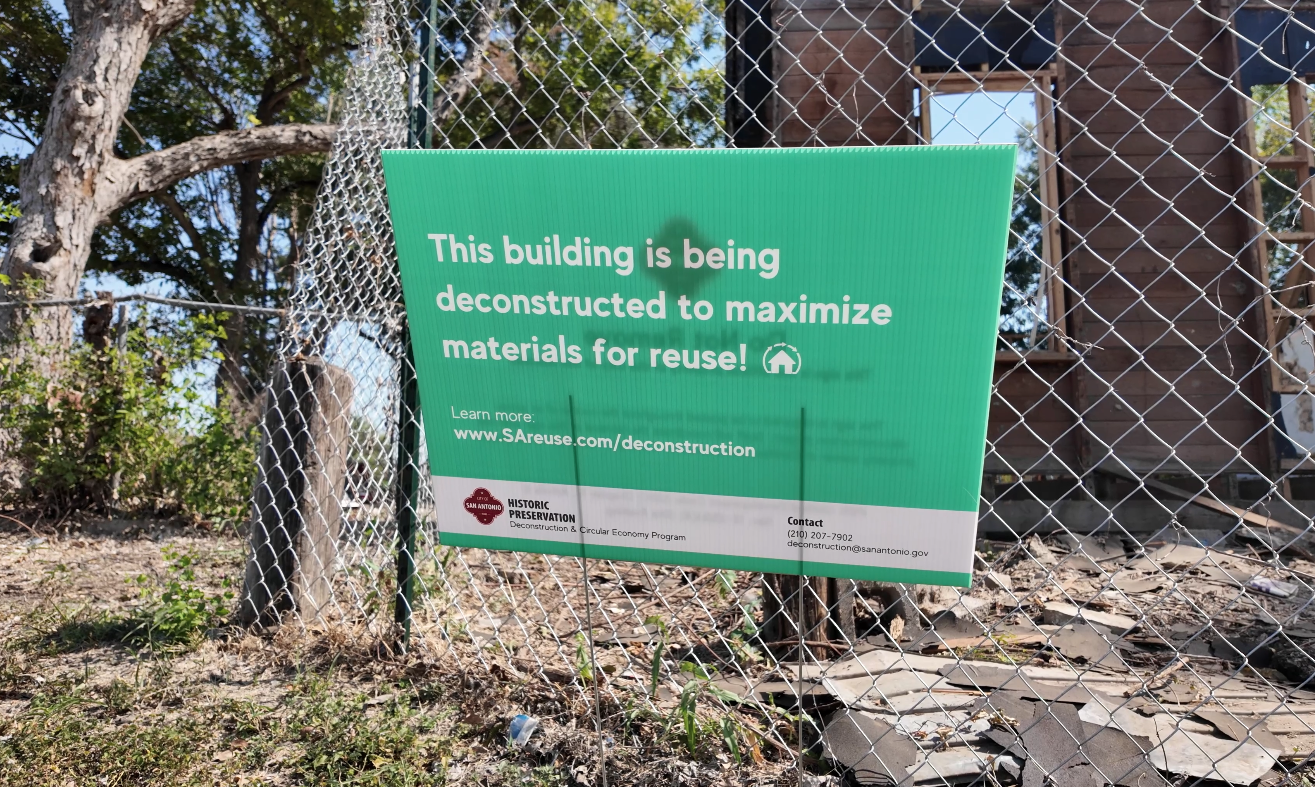
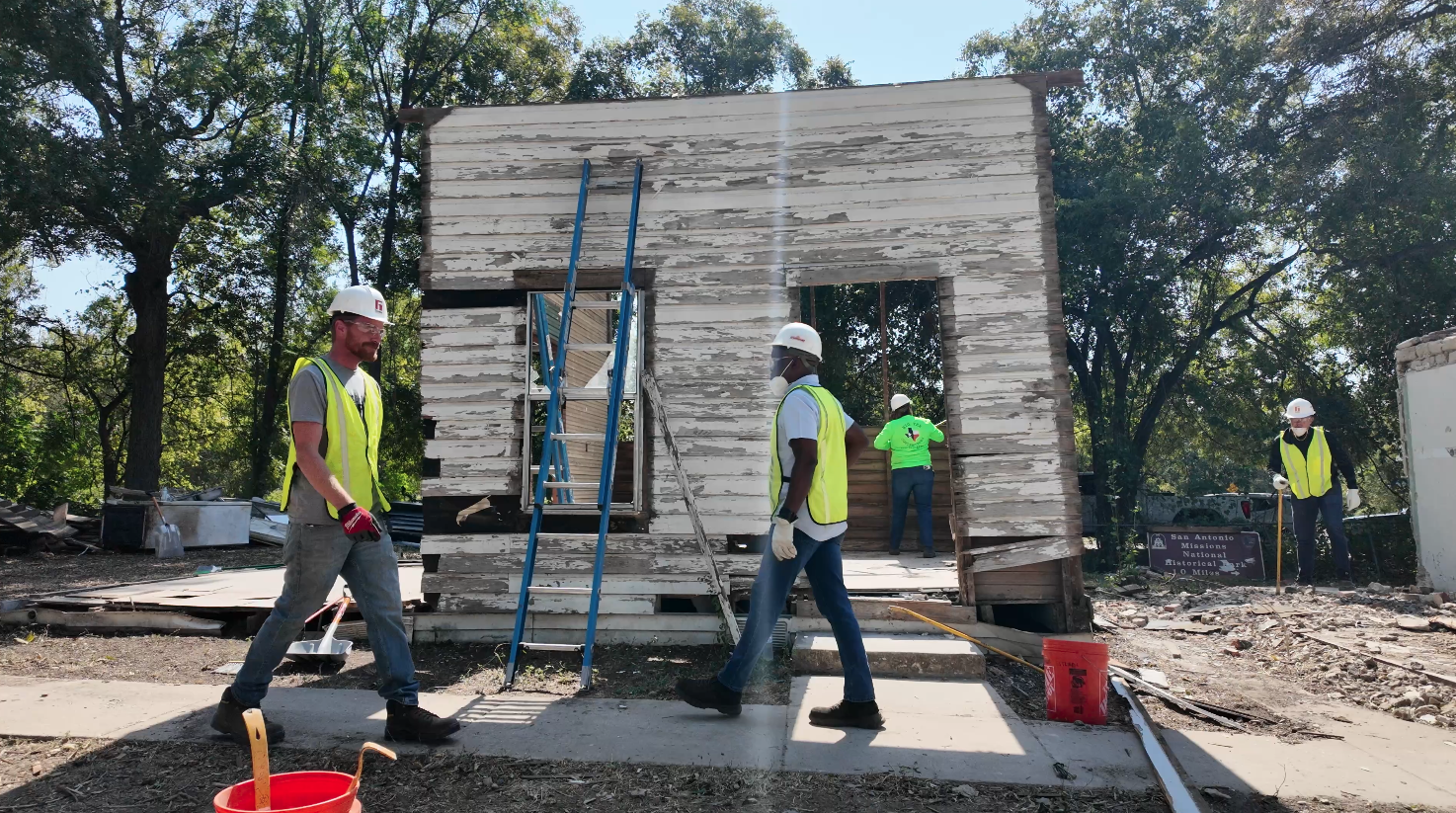
San Antonio’s ordinance, effective October 1, 2022, requires that residential buildings built before 1920 throughout the city and before 1945 in historic or Neighborhood Conservation Districts be carefully dismantled rather than demolished. This ensures that valuable materials, from old-growth wood to vintage windows, are salvaged rather than sent to landfills. The ordinance will further expand by January 1, 2025, to cover additional residential structures, including buildings with up to eight units, and will extend the year-built requirement to 1945 citywide and 1960 in historic areas.
This phased, comprehensive approach is unique in scale and scope, positioning San Antonio as a national leader in sustainable urban development and waste reduction through deconstruction.
Deconstruction in Action: Training with Purpose
Set on National Park Service property, the deconstruction training at Mission San Juan combines historic preservation with modern sustainability.
Phillips explained the value of being able to use this space: “They [the National Park Service] were going to take down these buildings, and we, as the city, thought we could train people how to deconstruct here instead.” Led by Repurpose Savannah, an all-women-plus-led nonprofit from Georgia, trainees learned how to unbuild, rather than destroy, a structure, salvaging elements like framing, siding, and windows to be reused across the city.
The materials pulled from this site are set to be utilized in affordable housing, community projects, and trades education.
“We’re here to train people how to deconstruct the buildings in a way that salvages the most material,” says Katie Fitzhugh, Director of Deconstruction for Repurpose Savannah. “Material management is essential—not just for reuse but to track the tonnage we’re diverting from our landfills.”
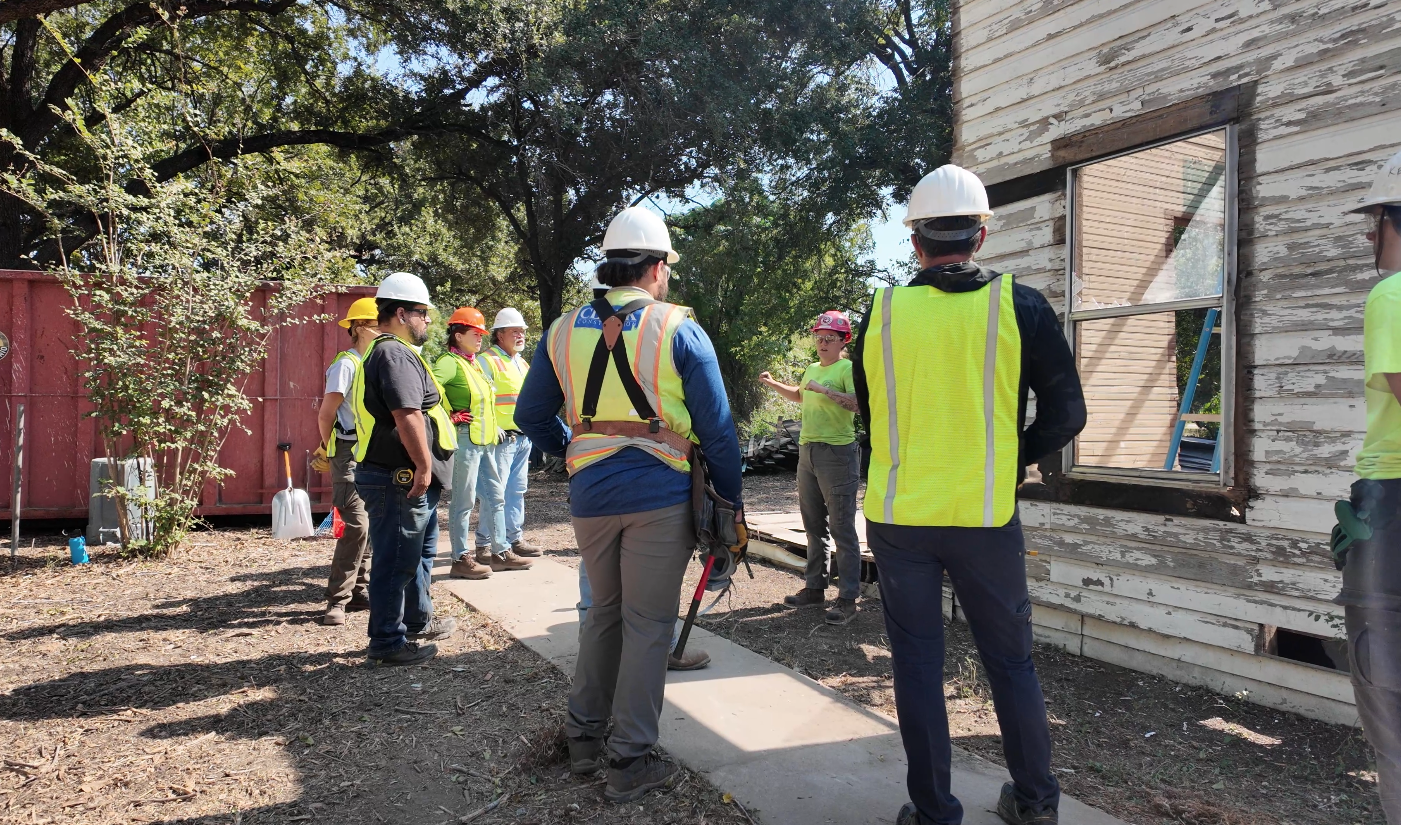
Katie Fitzhugh, Director of Deconstruction for Repurpose Savannah (Above)
During my time observing the training, I saw firsthand how methodical deconstruction differs from the fast-paced violence of demolition.
The process requires patience and care, but the outcome is clear: valuable materials are kept in circulation, which reduces landfill waste and offers an opportunity to create valuable local jobs. In fact, deconstruction can employ 4-5 more people per thousand square feet than demolition.
A month or so earlier, I had joined Phillips for a tour of the Materials Innovation Center, a hub located at Port San Antonio, where salvaged materials like those collected from the most recent training are processed and stored for reuse.
This facility is a testament to sustainable urban development in San Antonio, preserving everything from old-growth wood to vintage windows.
“This is more than a storage facility,” Phillips noted. “It’s a learning lab where the trades academy and local contractors can work directly with reclaimed materials.” Here, local residents train through the Living Heritage Trades Academy, equipping them with skills in repair and preservation—essential for scaling deconstruction efforts across San Antonio.
The Materials Innovation Center is also equipped with a community tool library. This initiative provides tools for San Antonio residents to tackle maintenance projects and address deferred repairs, a fundamental cause of demolition. “The tool library is one proactive step to combat deferred maintenance,” Phillips explained, “because maintenance is the ultimate solution to prevent unnecessary demolition.”
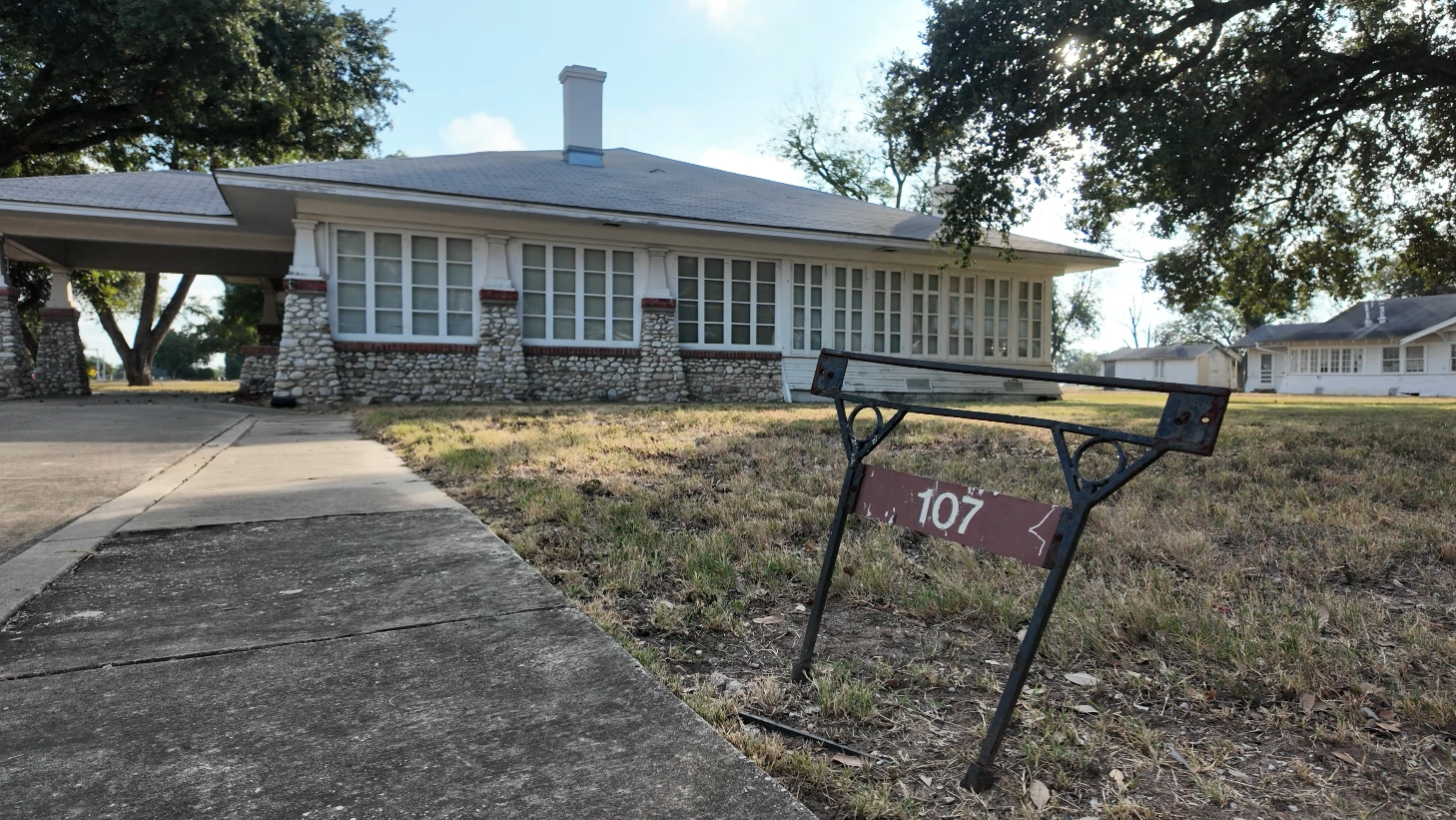
Crafting a San Antonio-Specific Solution
San Antonio’s deconstruction program is part of a larger movement across U.S. cities to keep building materials out of landfills. Phillips acknowledged that the city took inspiration from Portland, Oregon, which became the first in the country to require deconstruction of pre-1940 homes in 2016.
Like Portland, San Antonio focuses its ordinance on older homes, specifically those built before 1920 citywide and before 1945 within historic districts. The ordinance will expand to cover more structures by 2025, allowing the community and workforce time to adapt to the program.
“We observed what worked in cities like Portland and Boulder but adapted the model to reflect San Antonio’s unique cultural landscape and building materials,” Phillips said in her feature with Grist.
Unlike Portland, which has proposed mandatory minimum salvage requirements, San Antonio emphasizes training and certification for local contractors. By developing a locally tailored certification process and requiring deconstruction training through partnerships with groups like Repurpose Savannah, San Antonio has achieved an impressive 70% material recovery rate on average, with over half of salvaged items finding a second life in local projects.
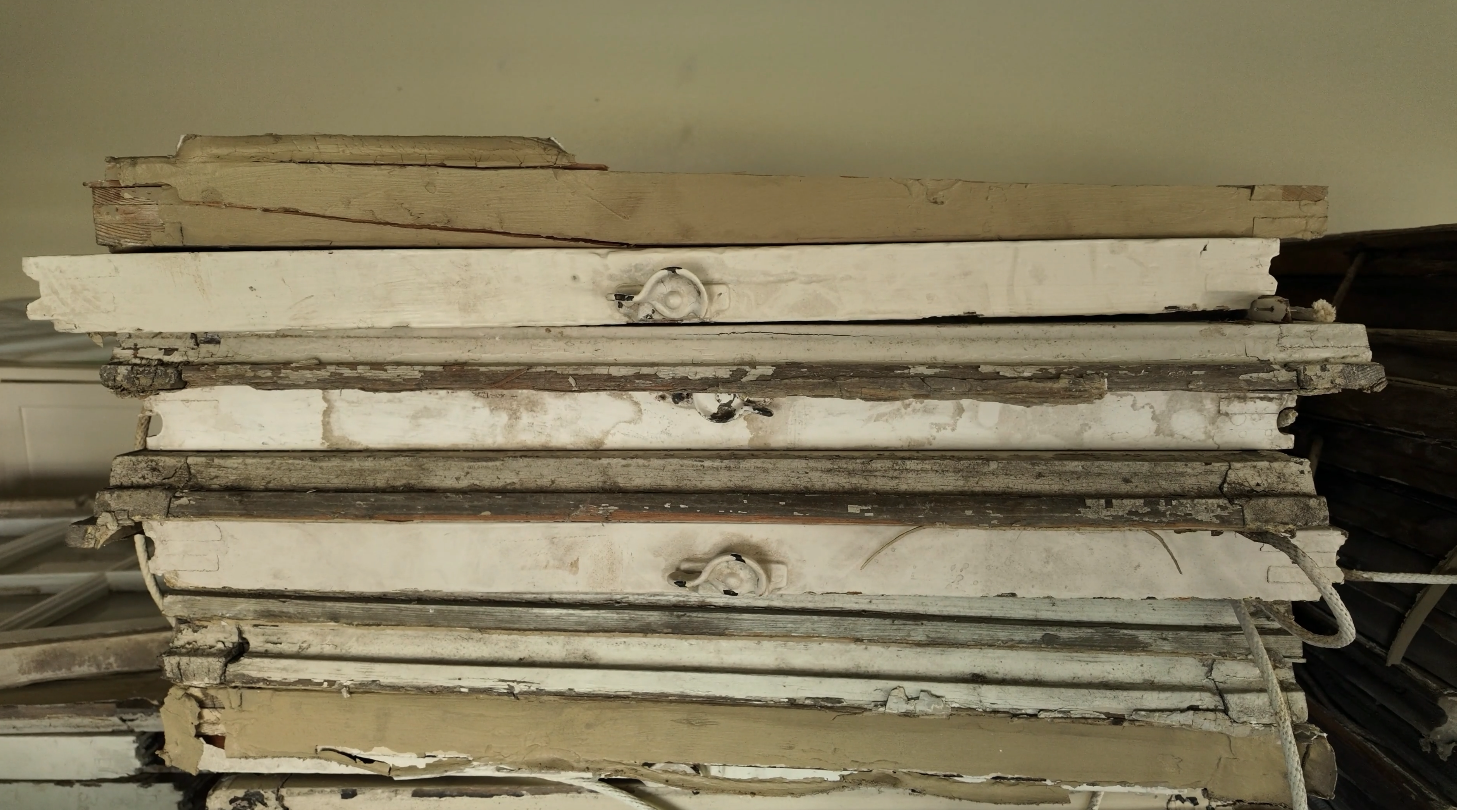
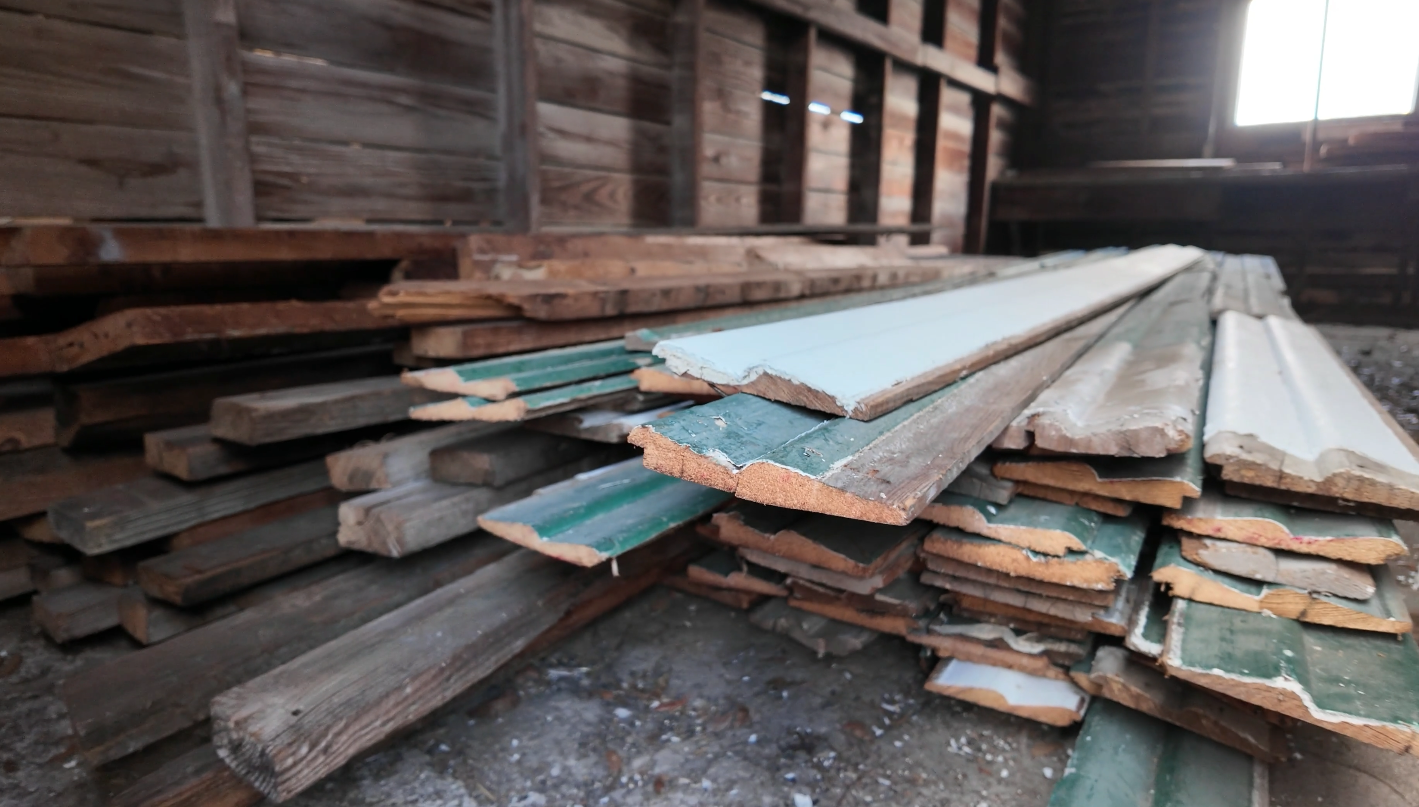
A Vision Beyond Ordinance–What's The Future of Deconstruction in San Antonio?
In our studio interview, Phillips shared the story behind the city’s deconstruction ordinance, her passion for San Antonio’s cultural heritage, and her vision for a more sustainable future for our city.
“A Circular economy is not just about waste management; it’s about rethinking how we utilize resources to tip the scales in favor of reuse over waste,” she explained. "We’re the largest city in North America to have a deconstruction ordinance,” she emphasized. “Every time I mention our program, people are shocked to hear it’s in Texas...but San Antonio has a unique culture and pride, and it just fits here.”
However, Phillips is candid about the challenges: deconstruction is slower, material inventory is less predictable, and, on its face, it can cost more than traditional demolition. While demolition often appears less expensive upfront, various case studies indicate that while demolition can initially cost about half as much as deconstruction, the resale or donation value of reclaimed materials can offset these costs, sometimes providing a net financial benefit to property owners.
Fully understanding these true costs—both immediate and long-term—requires ongoing education and awareness, as the benefits of deconstruction extend beyond finances to community and environmental impacts.
The city ordinance has phased requirements, but as Phillips explained, “We wanted a gradual expansion so that workforce development and material reuse infrastructure could keep up with demand.” Newer buildings are more challenging to deconstruct due to modern construction techniques that use adhesives and composites, which complicates salvaging.
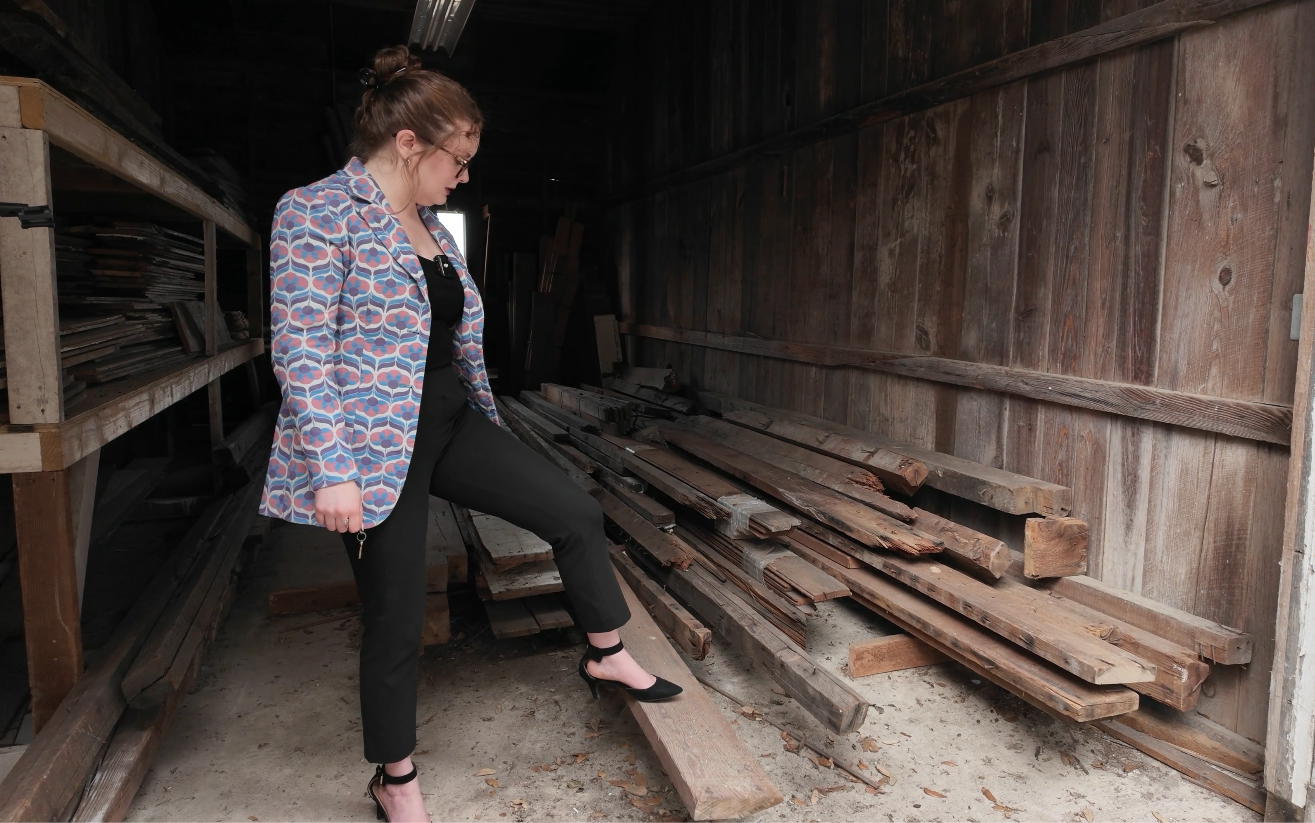
The Materials Innovation Center itself faces barriers in scaling to meet demand, especially for large projects. Consistency and volume are vital to meeting architects’ needs, and Phillips sees the center as a catalyst for this change. “San Antonio architects are environmental leaders, but we’re not there yet. We have work to do to establish reclaimed materials as a reliable supply chain option,” she said.
From training sessions at Mission San Juan to the tools and materials at the Innovation Center, the deconstruction program is redefining how San Antonio grows. “The landfill doesn’t deserve these materials. Our communities do,” Phillips emphasized during our interview, her voice carrying the conviction of someone who sees a sustainable future built on our past.
Reflecting on these experiences, it became clear that San Antonio’s deconstruction efforts are more than a municipal program. They represent a deliberate, thoughtful approach to our city's growth.
Through initiatives like the Materials Innovation Center and our Certified Deconstruction Contractor Training San Antonio can not only begins to conserve resources but secure the preservation of our history—one salvaged beam, window, and floorboard at a time.
“Demolition doesn’t happen in a bubble,” Phillips explained during our interview. “It happens to buildings, but it also happens to people. You can’t build a community around a landfill, but you can build a community around sharing and reuse."


